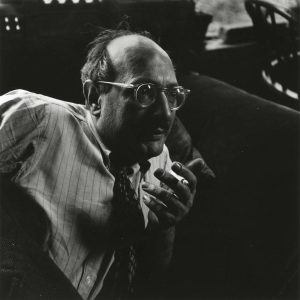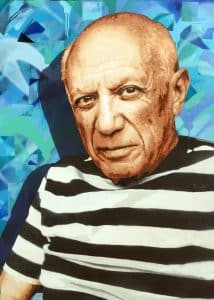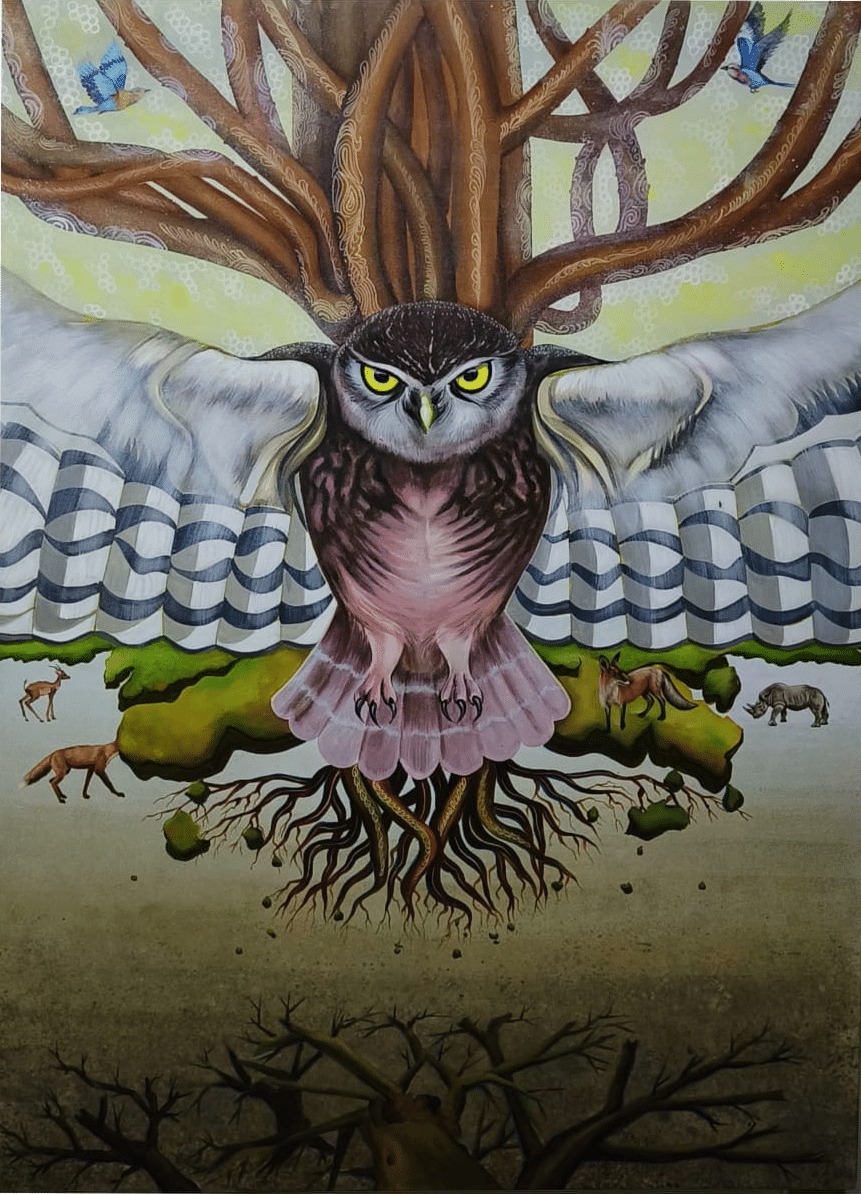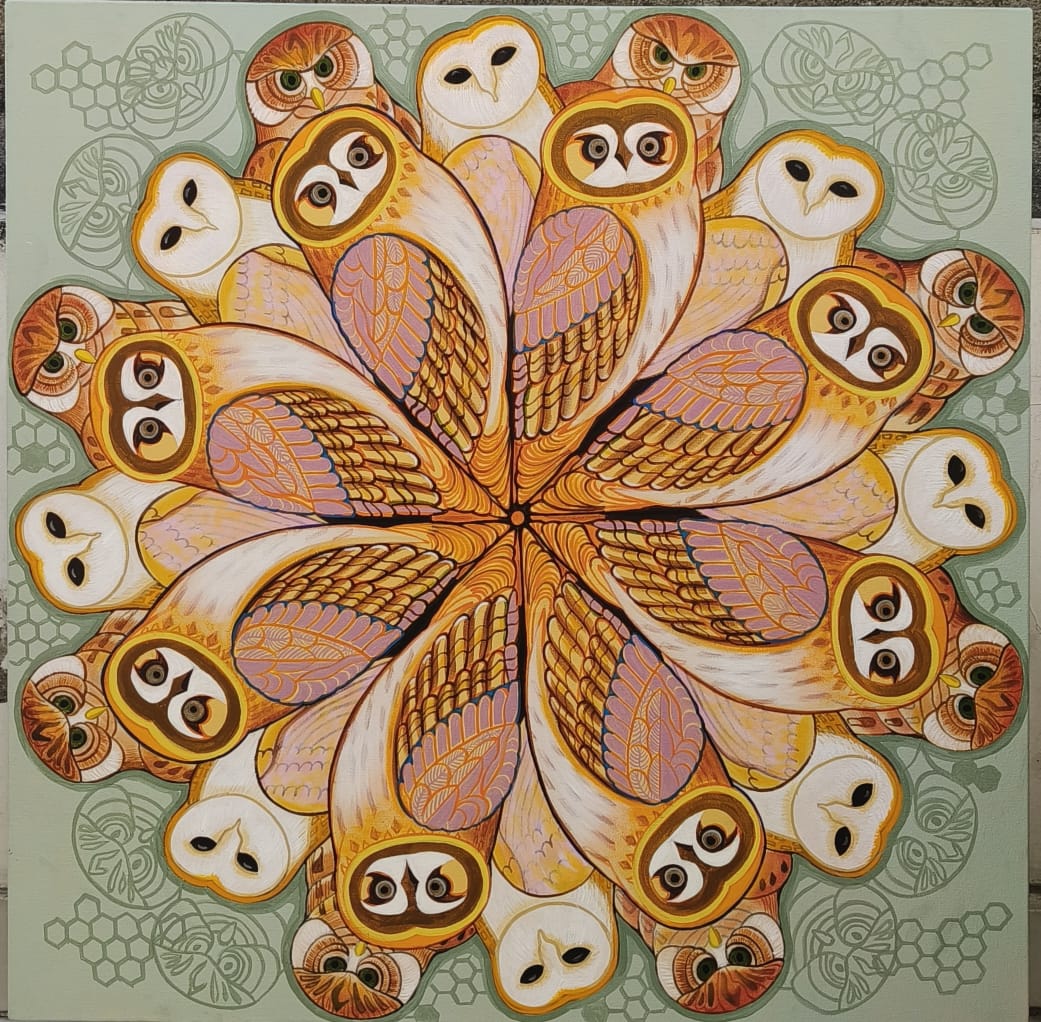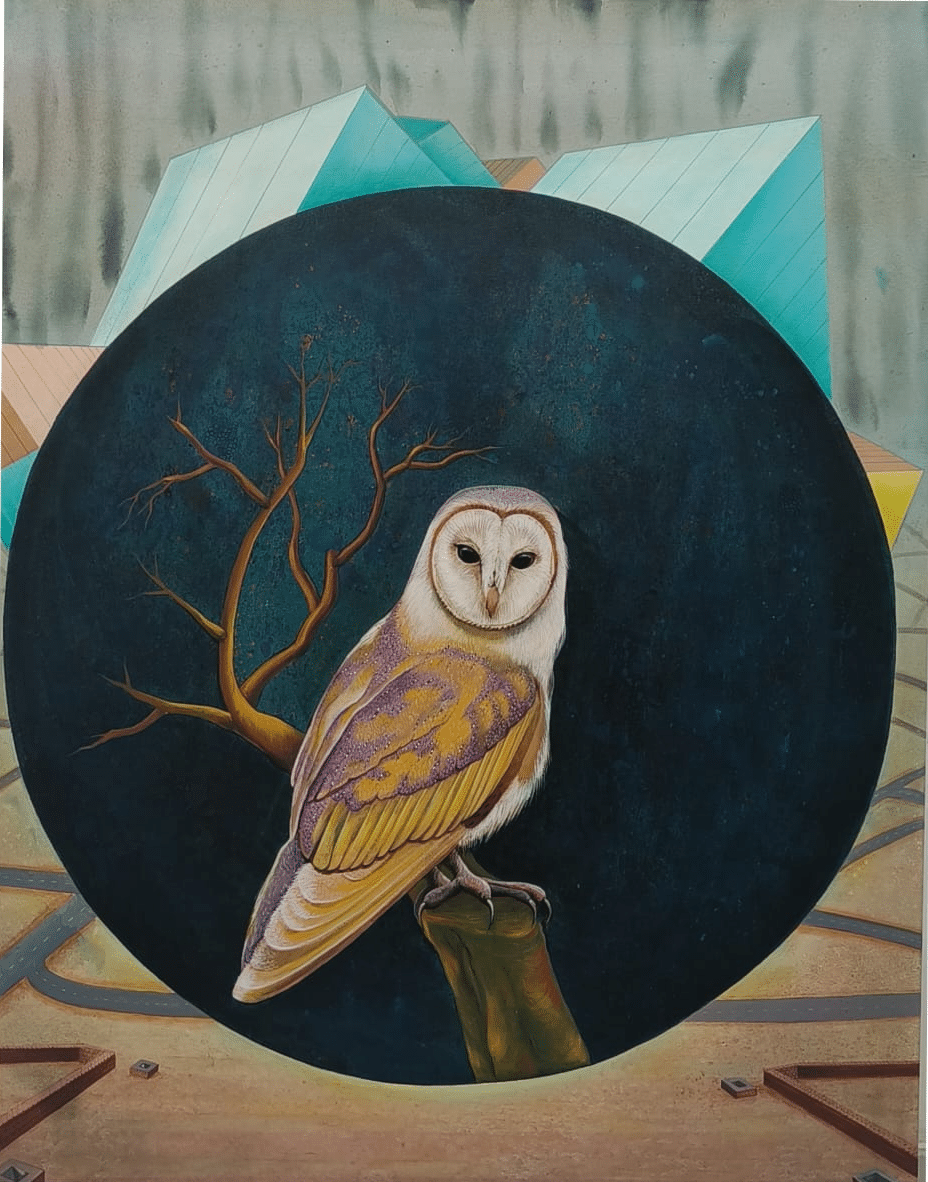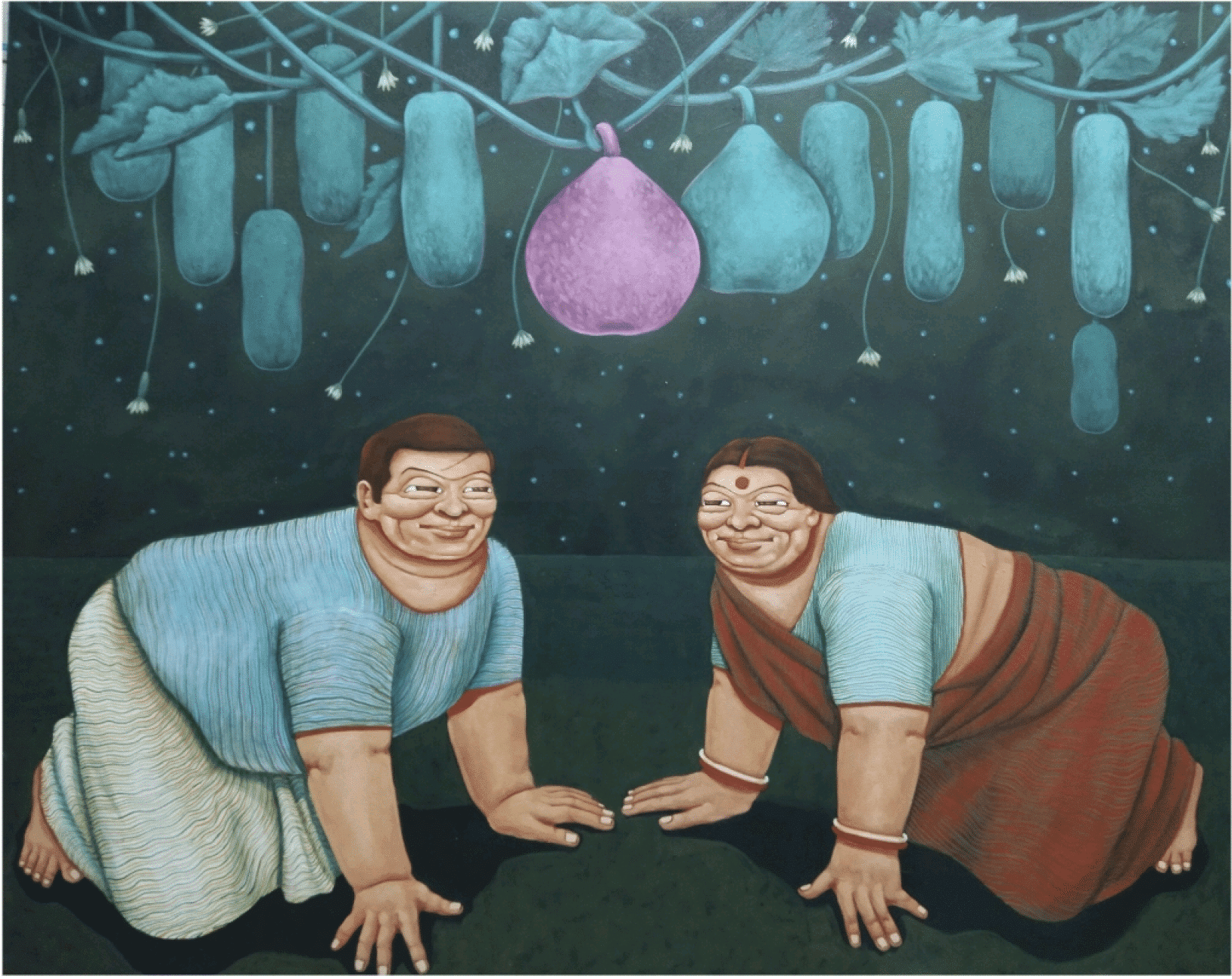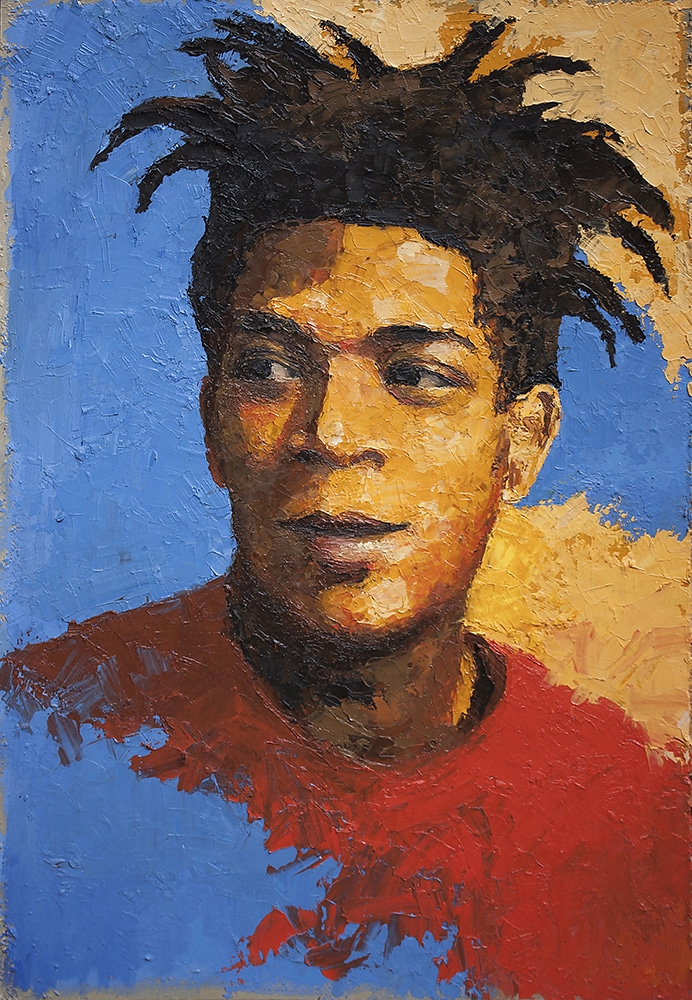
Renaissance master of art, science, and invention—da Vinci’s genius shaped centuries of creativity and curiosity
Jean-Michel Basquiat was a groundbreaking artist whose raw and expressive style revolutionised the contemporary art world. Rising from the graffiti-laced streets of New York to international acclaim, Basquiat’s work tackled themes of identity, race, class, and social justice. His influence continues to resonate, shaping modern artistic expression and challenging societal norms.
The early life of Jean Michel Basquiat
Born in 1960 in Brooklyn, New York, Jean-Michel Basquiat was the son of a Haitian father and a Puerto Rican mother. His multicultural heritage played a crucial role in shaping his artistic perspective. As a kid, Basquiat’s artistic talent was encouraged by his mother, who used to take him to local museums and enrolled him as a junior member of the Brooklyn Museum of Art.
At just seven years old, he was given a copy of Gray’s Anatomy to keep him occupied by his mother when he was hospitalised when he was hit by a car while playing in the streets, which later influenced his anatomical sketches and recurring motifs.
In his teenage years, he was enrolled in City-As-School in Manhattan, a school for artistic students who found conventional schooling difficult. During his school time, he even illustrated for his school newspaper. Basquiat also created the character SAMO to endorse a faux religion. SAMO is a graffiti tag and was an abbreviation phrase for “Same old shit” and started as a private joke between Basquiat and his schoolmate Al-Diaz. The duo drew a series of cartoons for their school paper before and after using SAMO©.
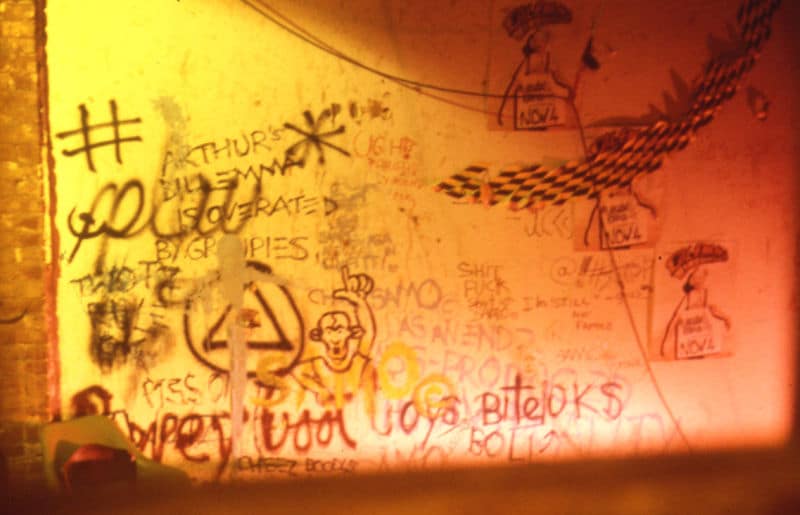
The enigmatic portrait renowned for its subject's subtle smile and Leonardo's sfumato technique.
The Rise of Basquiat’s Career
Basquiat’s transition from street art to gallery exhibitions was swift and explosive. In 1980, his work was featured in the Times Square Show, an underground exhibition that caught the art world’s attention. By 1981, he was painting on canvas. Moreover, In December 1981, art critic Rene Ricard published “The Radiant Child” in Artforum magazine, the first extensive article on Basquiat. He became one of the youngest artists to participate in Documenta in Kassel, Germany. And at 22, he also became one of the youngest artists to participate in the Whitney Biennial exhibition of Contemporary Art. Also, Jean Michel Basquiat’s famous artwork, “Untitled” (1982), marked a pivotal moment in his career during the early 1980s.
Jean Michel Basquiat’s accomplishments were marked by his appearance on the cover of the February 10, 1985, issue of The New York Times Magazine in a feature titled “New Art, New Money: The Marketing of an American Artist.”
Jean Michel Basquiat’s artwork appeared in GQ and Esquire, and he was interviewed for MTV’s “Art Break” segment. Then, Basquiat soon switched from a graffiti artist to a downtown punk scenester and then to a celebrity art star.
Moreover, Andy Warhol, a key figure in Basquiat’s rise, became his mentor and collaborator, propelling him further into the mainstream art scene. Despite his rapid success, Basquiat remained deeply connected to his roots, using his art to highlight systemic injustices and celebrate Black culture.
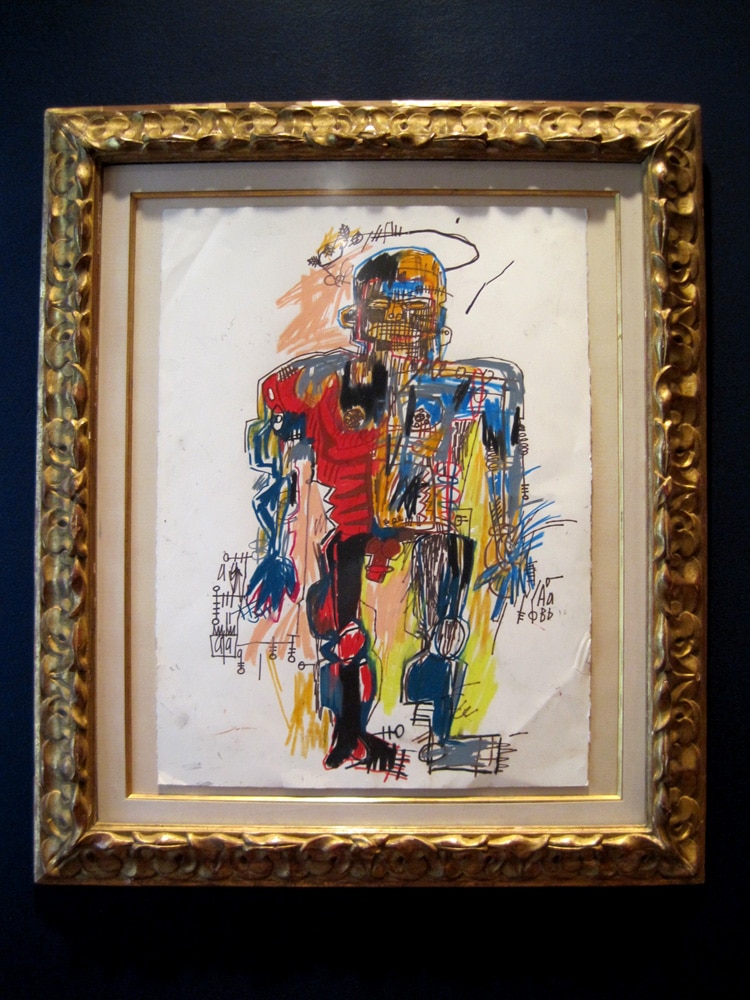
Leonardo's masterful mural capturing the moment Jesus announces his betrayal, a pinnacle of High Renaissance art.
The Artistic Style of Jean-Michel Basquiat
Basquiat’s work blended street art aesthetics with fine art techniques, creating a unique and dynamic visual language. His paintings were characterised by raw expression, including bold lines, bright colours, and intense brushstrokes with chaotic compounding. Then, symbolism and text included words, phrases, and symbols, often referencing African heritage, political struggles, and pop culture.
Inspired by Gray’s Anatomy, Basquiat depicted skeletal structures and human figures with a primitive yet sophisticated touch. Then his Crown Motif is seen in many of his works, such as “Red Kings” in 1981. It is a recurring symbol of Black empowerment, royalty, and resistance against oppression. Moreover, he also paid tribute to jazz musician Charlie Parker by creating the “Bird on Money,” an abstract painting in the Neo-Expressionism style.
The Neo-Expressionist Movement & Basquiat’s Role
Basquiat was a leading figure in the Neo-Expressionist movement, which emerged in the late 20th century as a reaction to minimalism and conceptual art. The movement was characterised by vivid colours, raw brushwork, emotional intensity, and a return to figurative art – a reaction against the minimalism and conceptualism that had dominated the art scene throughout the 1970s.
Basquiat’s neo-expressionist style was defined by bold colours, fragmented figures, and textual elements. His ability to merge graffiti street culture with fine art challenged the traditional norms of the art world and cemented his status as a revolutionary artist. The movement also explored themes like identity, race, and power.
Additionally, Jean Michel Basquiat’s famous 1982 painting “Boy and Dog in a Johnnypump” symbolises Basquiat’s unique artistic style, blending elements of graffiti, Neo-Expressionism, and Primitivism into a visually striking and thought-provoking composition.
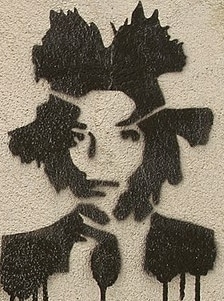
A study of ideal human proportions, blending art and science, reflecting Renaissance humanism.
Basquiat’s impact on Contemporary Art & enduring legacy
Basquiat’s work profoundly influenced contemporary art, music, and fashion. He paved the way for street artists to be recognised in the fine art world and inspired countless creatives across disciplines. His fusion of graffiti, poetry, and painting laid the groundwork for modern urban and hip-hop art movements.
Artists such as Banksy, KAWS, and Kehinde Wiley have drawn inspiration from Basquiat’s techniques and themes. His influence extends into popular culture, with fashion brands like Off-White and Supreme incorporating his imagery into their designs.
In 2017, Basquiat was posthumously honoured with the key to Brooklyn by Borough President Eric Adams and recognized on the Celebrity Path at the Brooklyn Botanic Garden. The following year, a public square in Paris’s 13th arrondissement was named Place Jean-Michel Basquiat in his memory. During the 2020–21 NBA season, the Brooklyn Nets paid tribute to Basquiat with a City Edition uniform and a court design inspired by his artwork. In 2021, the Joe and Clara Tsai Foundation supported developing a Basquiat educational arts program in collaboration with the Brooklyn Nets, the New York City Department of Education, and the Fund for Public Schools. The Nets later introduced a white version of the Basquiat City Edition uniform for the 2022–23 NBA season.
Though his life was tragically cut short at 27 in 1988, Basquiat’s legacy remains stronger than ever. His artwork continues to command record-breaking prices at auctions, and his message of social justice and empowerment remains relevant in today’s cultural landscape. Museums, exhibitions, and documentaries continue to explore his impact, ensuring that his voice endures for generations to come.
Honouring Basquiat’s Legacy with Elisium Art
At Elisium Art, we honour artists like Jean-Michel Basquiat, who broke barriers and reshaped artistic expression. Our platform is committed to celebrating groundbreaking creativity by providing a space where emerging and established artists can showcase their work. Much like Basquiat’s defiance of convention, Elisium Art fosters an environment where raw talent meets innovation, ensuring that art remains a powerful force of cultural transformation.
Whether you are a collector, an artist, or an admirer of Basquiat’s brilliance, Elisium Art offers a platform to explore, appreciate, and invest in contemporary art. Join us as we continue to bridge the past and future of artistic expression, keeping the spirit of visionary artists like Jean-Michel Basquiat alive.

Written by
Kritika Saikia
Kritika Saikia is a writer and aspiring filmmaker with a passion for storytelling and a deep appreciation for the visual arts. Based in Guwahati, she brings a unique perspective to the Elisium Art marketing team, blending her love for narratives with a keen understanding of contemporary art. Her background in filmmaking and social media management allows her to craft engaging content that connects audiences with the diverse world of art, from the Western masters to the rich traditions of South Asian art. Kritika is dedicated to making art accessible and meaningful to all, using her writing and storytelling skills to illuminate the beauty and depth of artistic expression.



